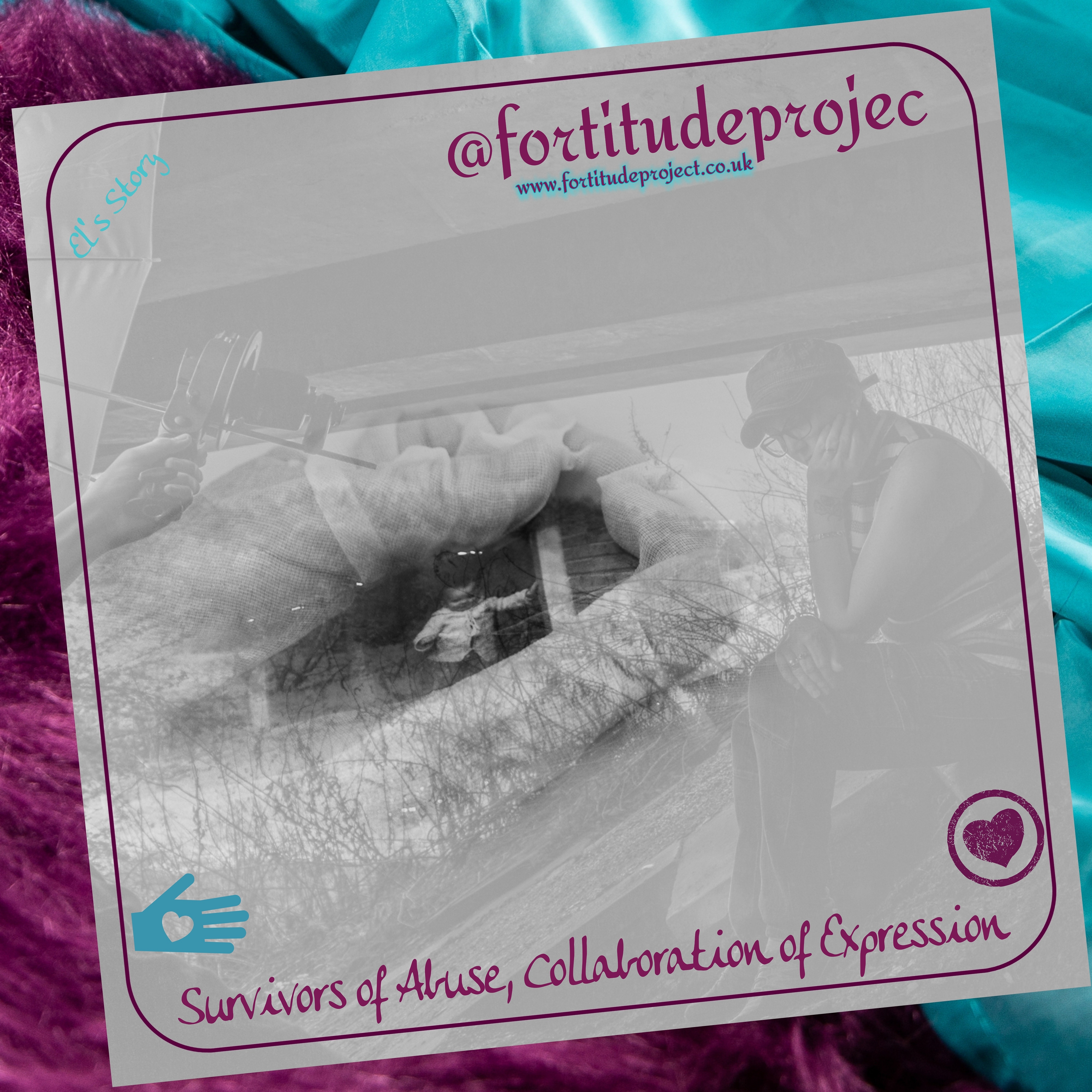Seeing the Climate Crisis Differently: What Social Theory Teaches Us
- El Amethyst

- Jul 31
- 4 min read
🌍 Seeing the Climate Crisis Differently: What Social Theory Teaches Us
“Social theories act as maps. They help us find our way through what feels natural, but is in fact structured, unequal, and changeable.”
Introduction: Social Theories as Maps for a Troubled Planet
Social theory is a meaning-making practice that uses conceptual tools to move beyond individual experiences and common-sense explanations. It invites us to examine the systems, assumptions, and power relations shaping our social worlds. Social theories act as conceptual maps, helping us navigate the complex and often hidden structures of social worlds, offering frameworks to understand how these worlds are shaped and how they might be transformed.
Theories like Marxism, Feminism, and Intersectionality offer critical lenses through which to read the climate crisis - not just as an environmental issue, but as a socially constructed phenomenon, deeply rooted in systems of inequality and domination.
🔥 Marxism: The Climate Crisis is Not an Accident
Marxism helps us trace the roots of the climate crisis to capitalist systems that extract value from both labour and the natural world. It reveals how ecological destruction is not a side effect but a built-in feature of economies driven by profit. From the shift to coal-fired steam in industrial Britain to today’s market-based “green growth” strategies, Marxist theory shows us how accumulation demands exploitation.
Naomi Klein’s This Changes Everything argues that capitalism’s addiction to endless growth leaves it “fundamentally at war with the planet” (Klein 2014).
* Marx’s concept of the "metabolic rift" explains how capitalism breaks the natural exchange between society and environment= treating nature as input, not relation.
🌱 Feminism & Ecofeminism: Where Care and Nature Collide
Feminist theory deepens Marxist critiques by revealing how systems of oppression are sustained not only through class divisions but through the invisibilisation of unpaid care work and gendered labour. Ecofeminism expands this further, showing how capitalist and patriarchal systems co-construct the subordination of women and the Earth.
Vandana Shiva’s Staying Alive powerfully exposes how development models treat land and women’s labour as resources to be controlled and extracted from (Shiva 2016). Generational ecological knowledge held by women is stripped away through monocultures, displacement, and commodification.
* “Reductionist science strengthens this domination by declaring itself the only rational truth.” ~ Shiva
Rather than nostalgia, ecofeminist thought offers grounded alternatives - rooted in relational knowledge, care ethics, and interdependence.
✊ Intersectionality: Who Bears the Burden of Climate Breakdown?
Intersectionality reveals that environmental harm is not evenly distributed. It highlights that climate injustice - the uneven social consequences of environmental harm - falls hardest on those historically marginalised by race, class, gender, and coloniality. Kimberlé Crenshaw’s foundational work on how overlapping identities shape oppression underpins this analysis (Crenshaw 1989).
As Naomi Klein shows, sacrifice zones disproportionately affect Indigenous lands and racialised communities. This isn’t accidental - it’s how racial capitalism works to sacrifice particular peoples and places for economic gain (Klein 2014).
* Intersectionality also reminds us that resistance is rooted in the same places harm accumulates - from mutual aid networks to water protectors and feminist-led environmental struggles.
🔍 Theories in Dialogue: No One Lens is Enough
Each theory offers partial, powerful insights:
Marxism unveils the structural drive behind ecological harm.
Feminism spotlights care, gendered labour, and embodied knowledge.
Intersectionality traces how oppression interlocks across social positions.
Yet, each also carries limitations: Marxism can underplay gender and race. Early feminism neglected intersectionality. Intersectionality may lack a structural economic critique.
* These gaps show why we need multiple frameworks, not in isolation but in dialogue. One map may highlight rivers; another, the tectonic plates underneath. Together, they reveal terrains of harm, resilience, and hope.
Conclusion: Towards Justice with Vision and Courage
Social theories provide distinctive and indispensable ways of making sense of social worlds. They show us that the climate crisis is not only about carbon - but about power, profit, and whose lives are treated as expendable.
No single theory can fully explain the climate crisis. But when engaged together, they allow us to see more clearly the hidden dynamics shaping both harm and possibility. These theories don’t promise easy solutions - but they give us the maps we need.

🗺️ Theory is a map. Not a shortcut, but a lantern. Not a single path, but a way to walk forward together - toward a world rooted in justice, care, and transformation.
📚 Further Reading
Naomi Klein – This Changes Everything: Capitalism vs. the Climate
Vandana Shiva – Staying Alive: Women, Ecology and Development
Kimberlé Crenshaw – “Mapping the Margins: Intersectionality, Identity Politics, and Violence Against Women of Color”
Jason Hickel – Less is More: How Degrowth Will Save the World
The Open University – Social Theory: Changing Social Worlds
Astra Taylor – Democracy May Not Exist, But We’ll Miss It When It’s Gone
An Introduction to Sociology – John Solomos, Sarah Neal, Karim Murji (2021)
Introduction to Sociology – Frank van Tubergen (2020)
Written by El Amethyst, BA (Hons) Social Sciences. Inspired by lived experience, critical theory, and the salt of the sea.



Comments